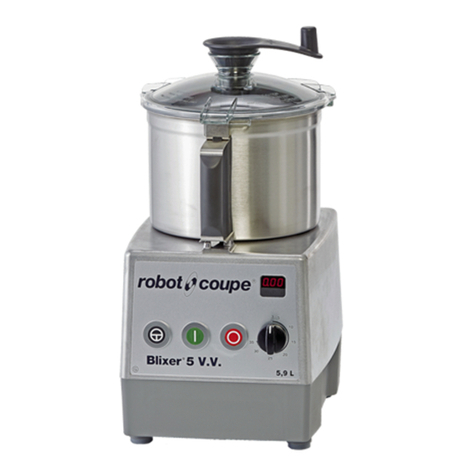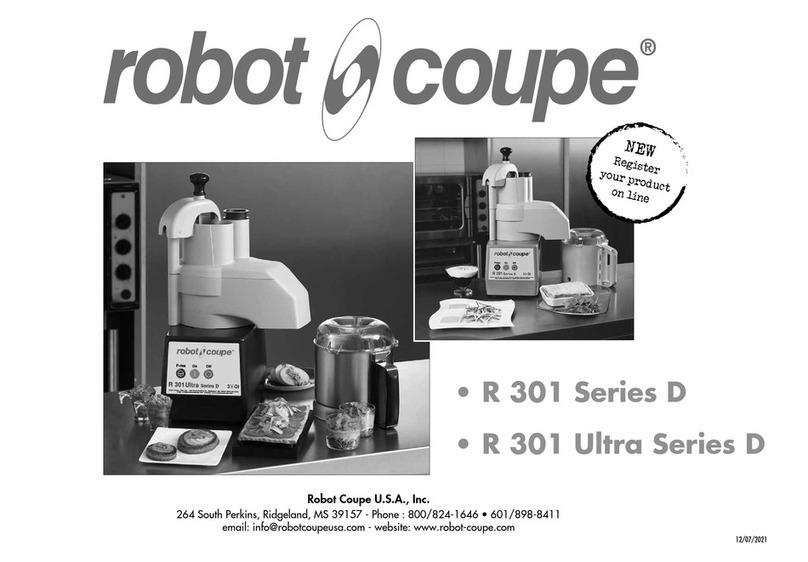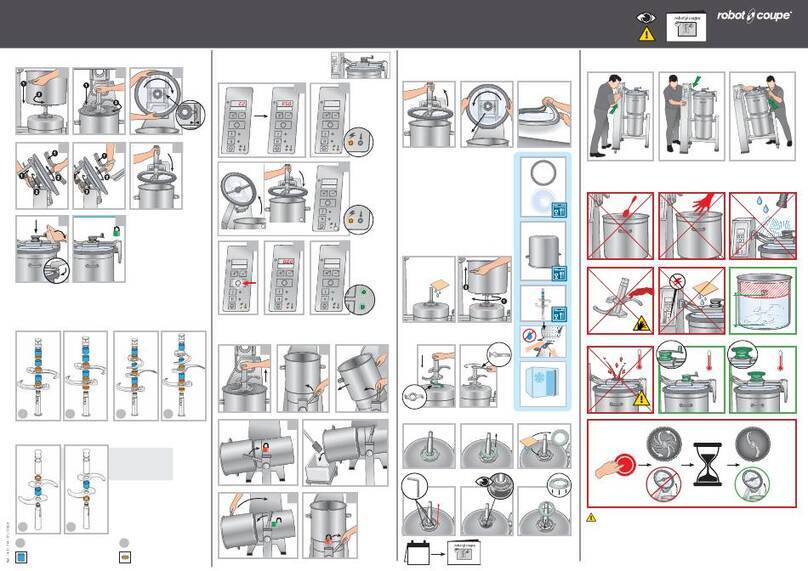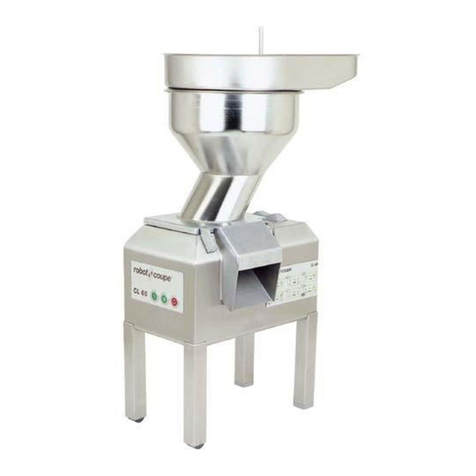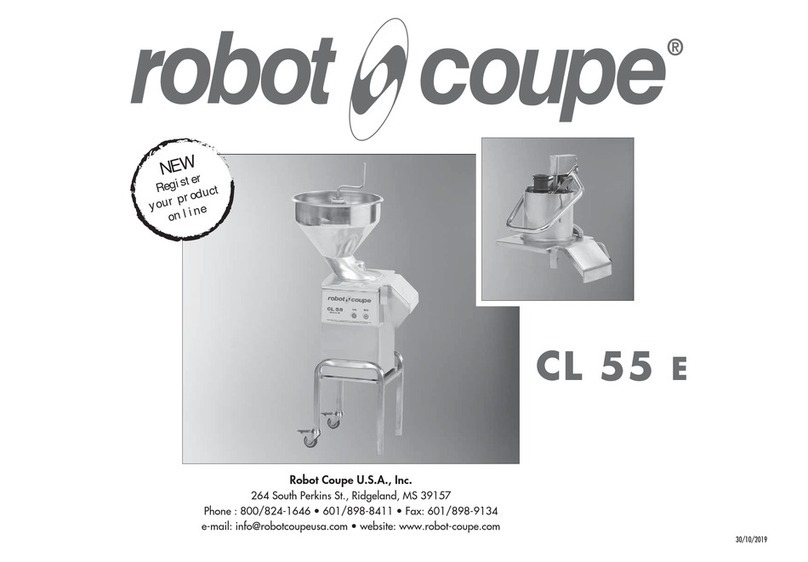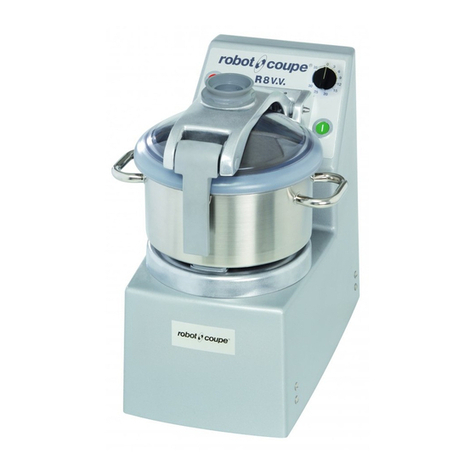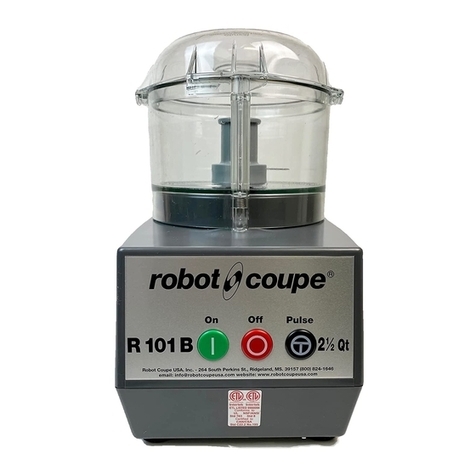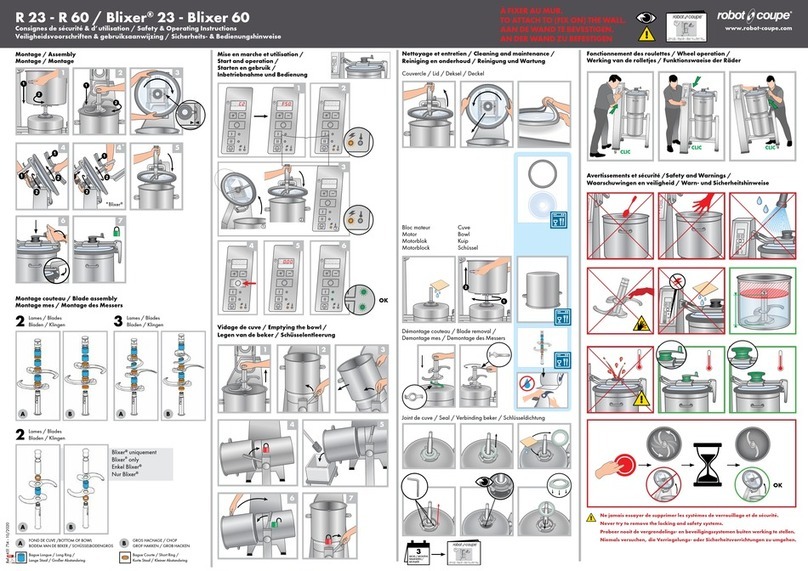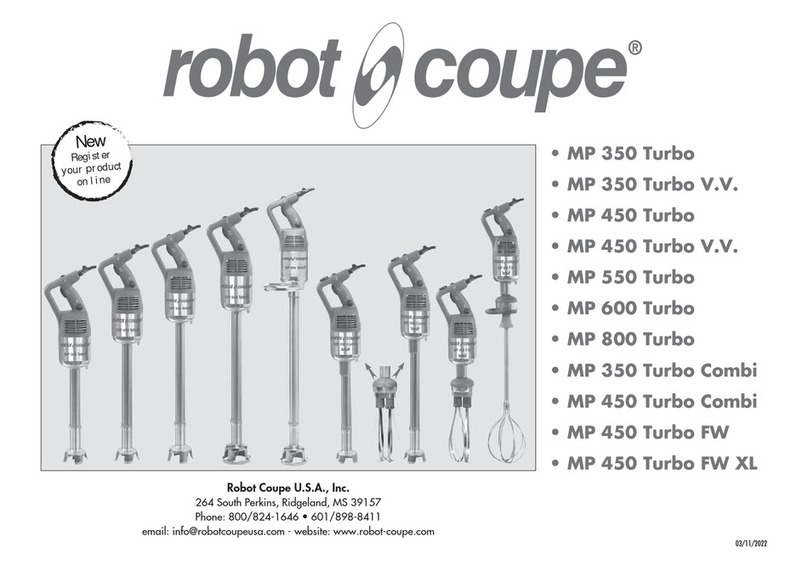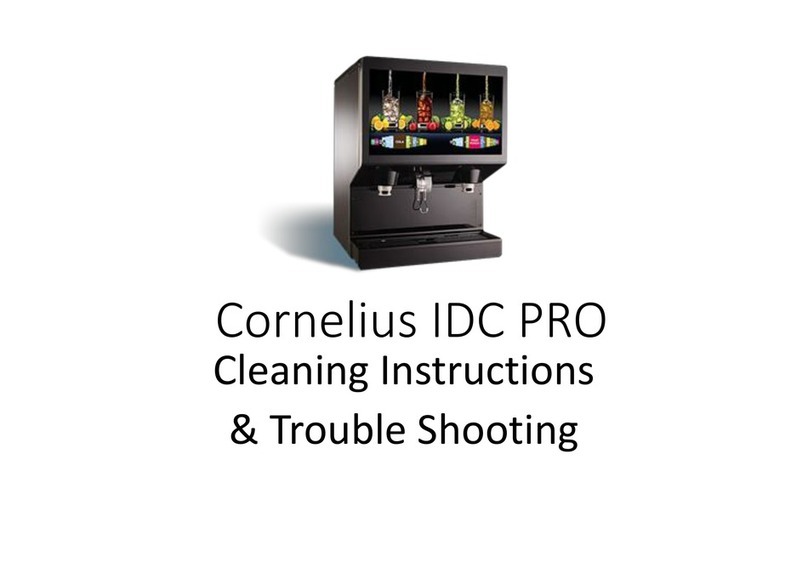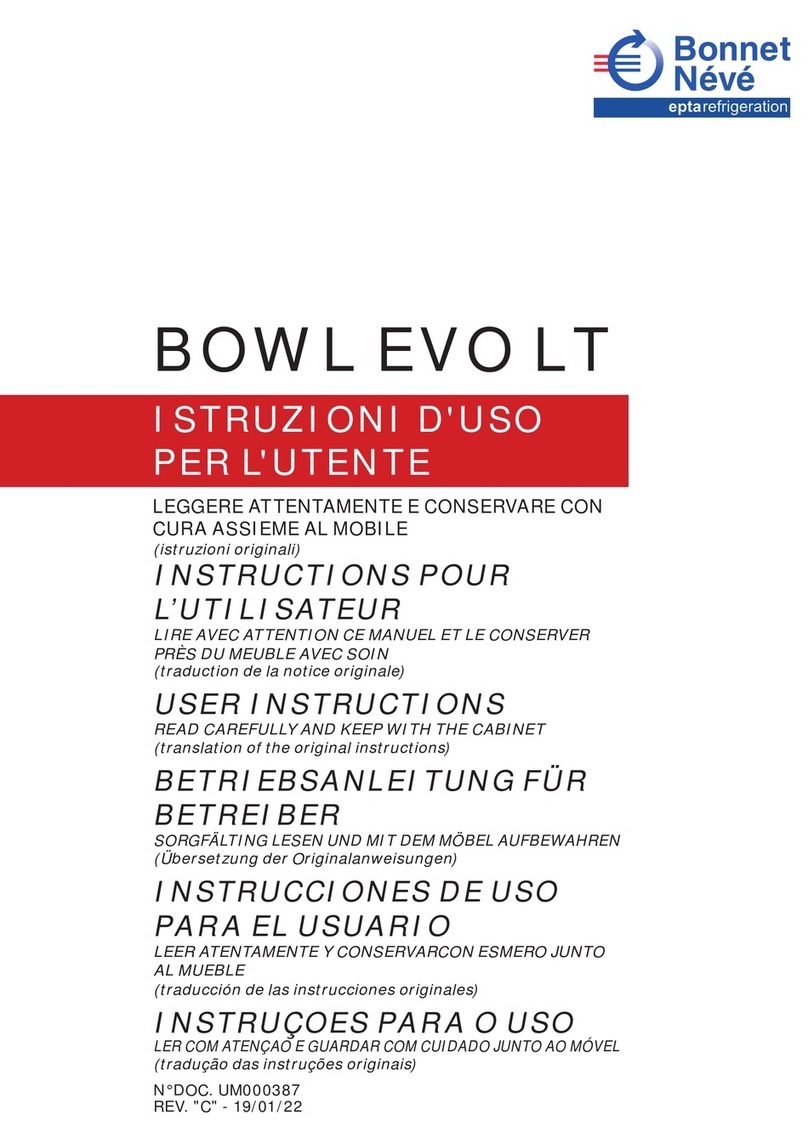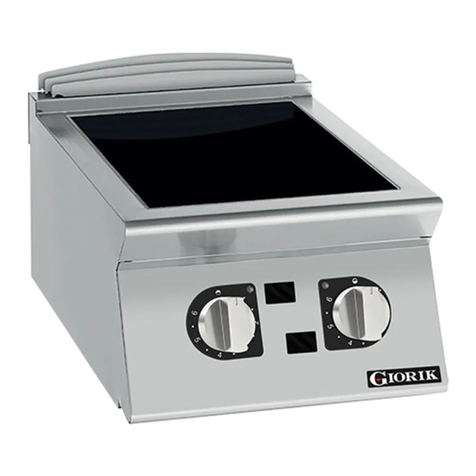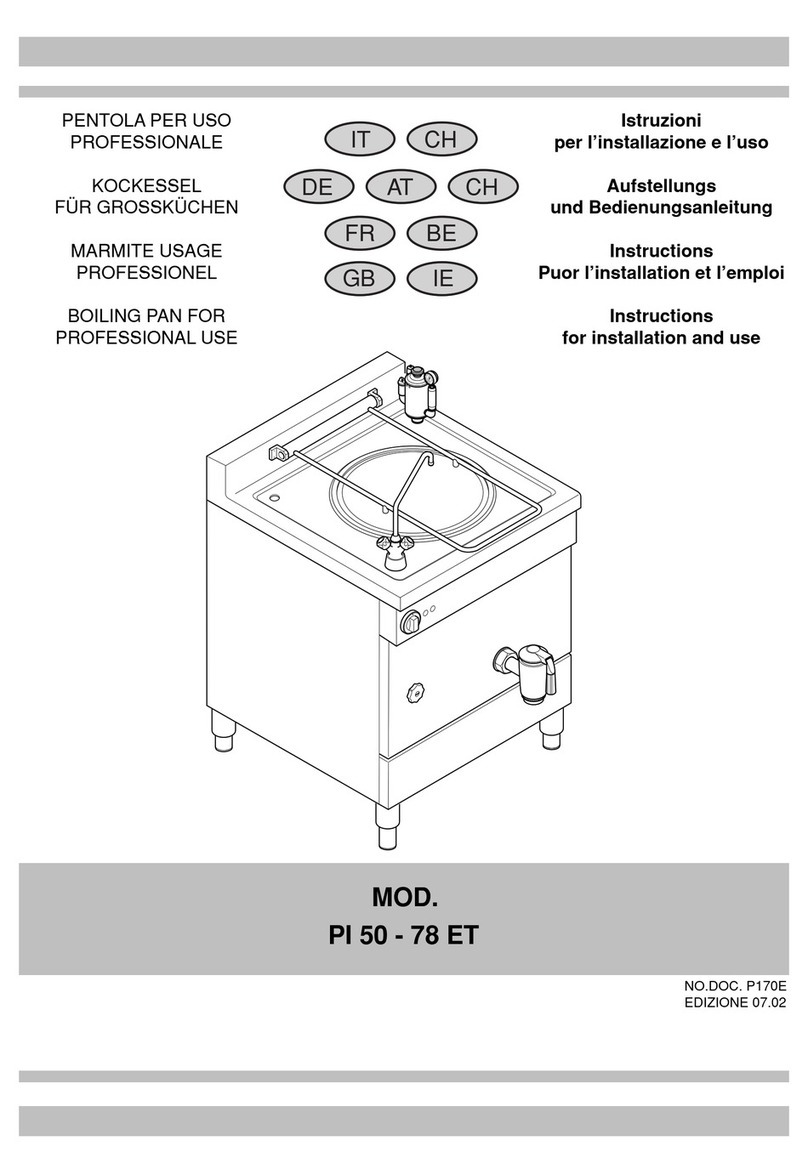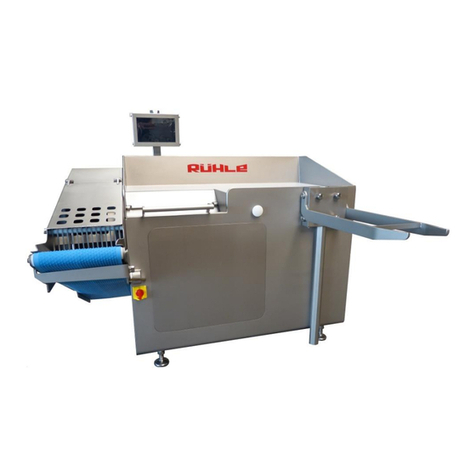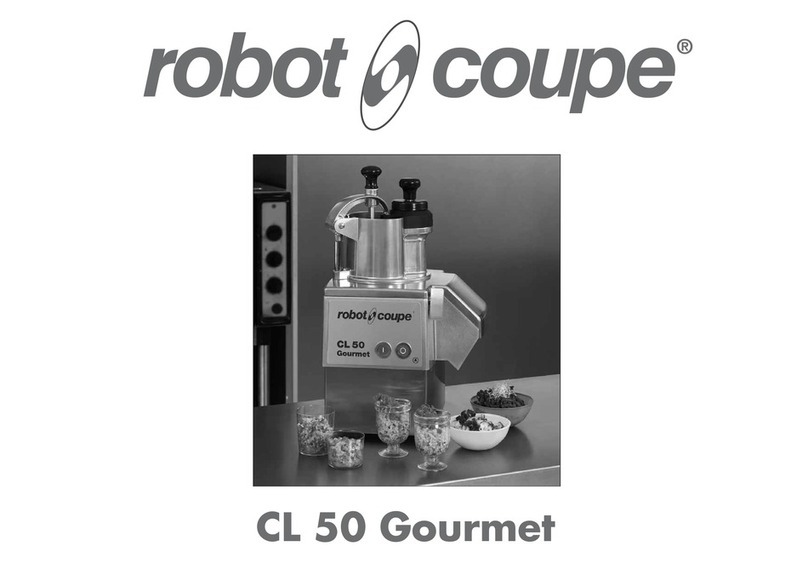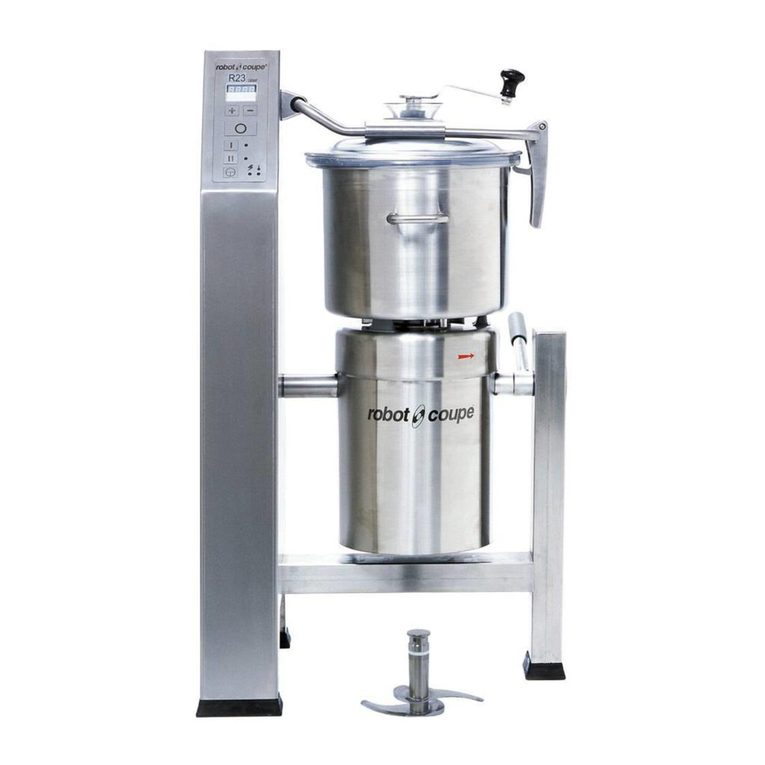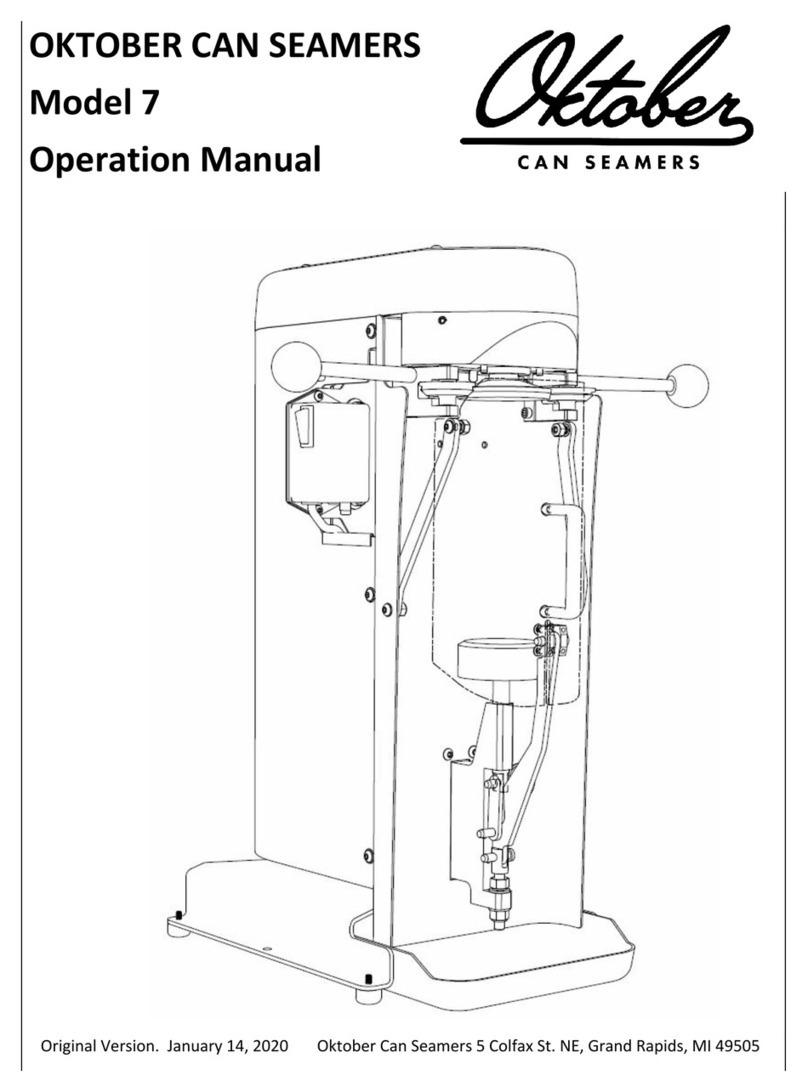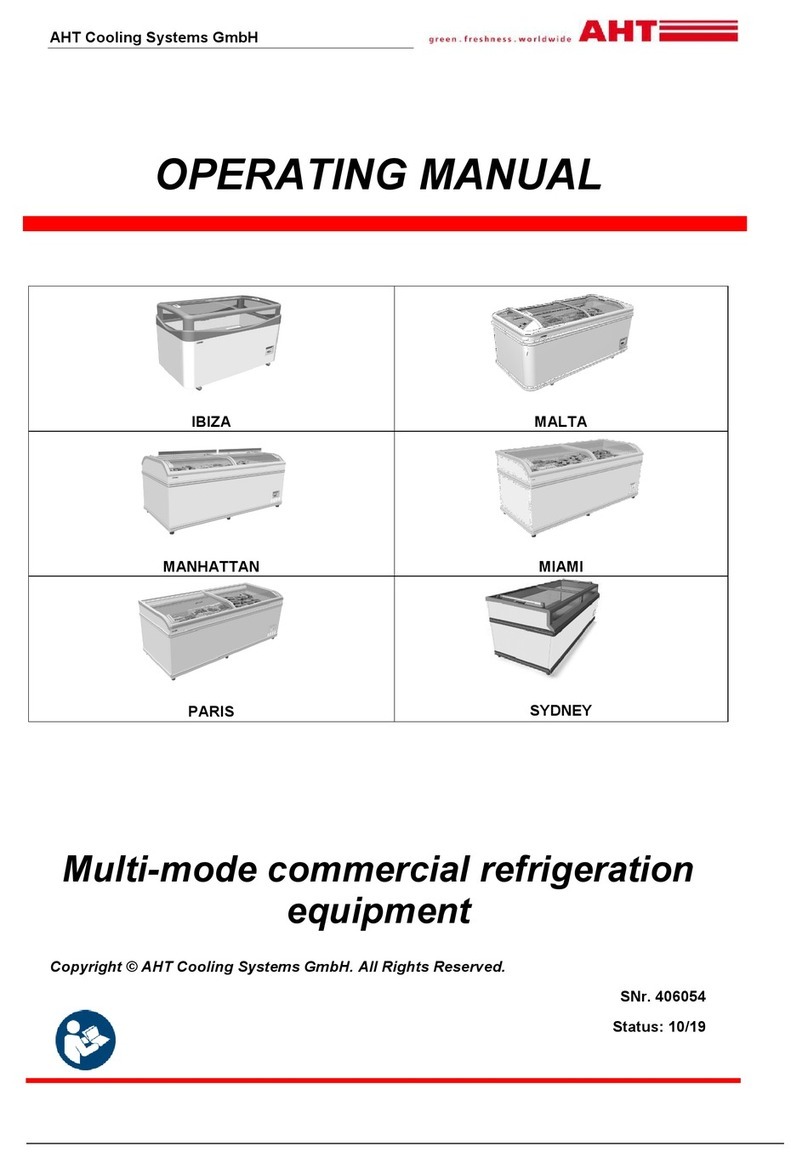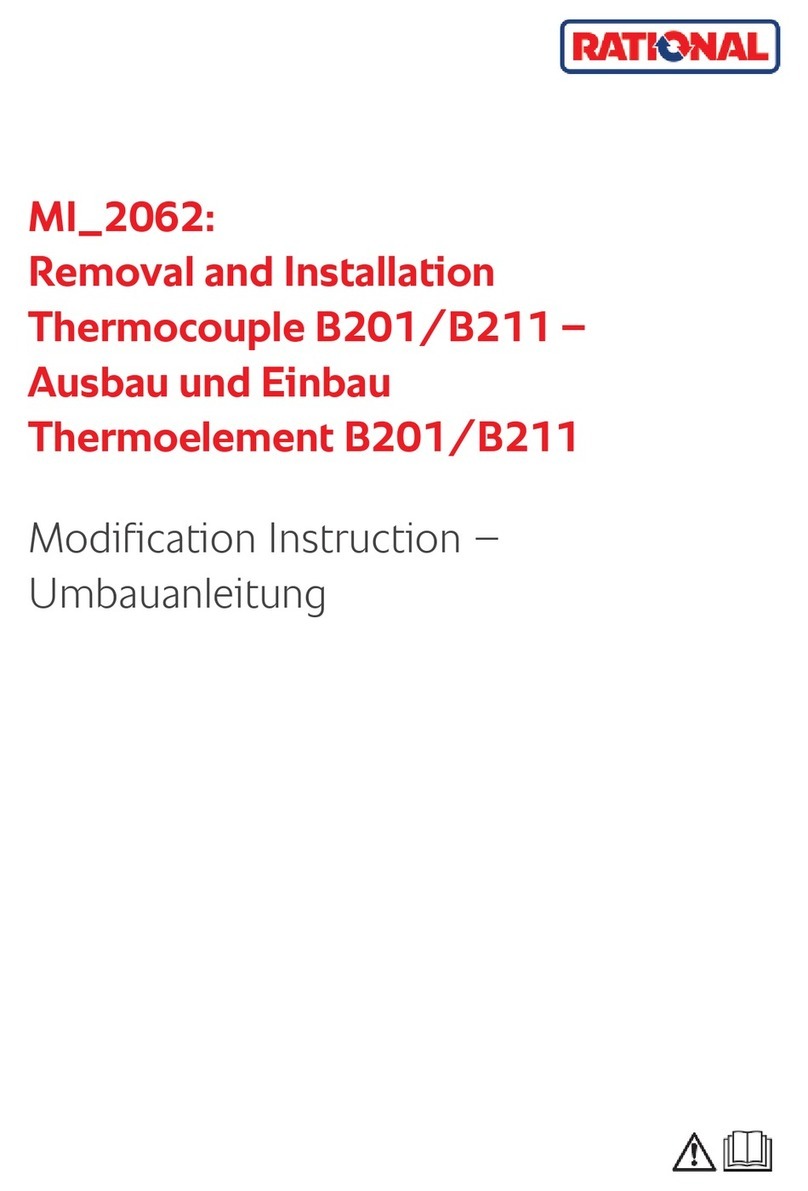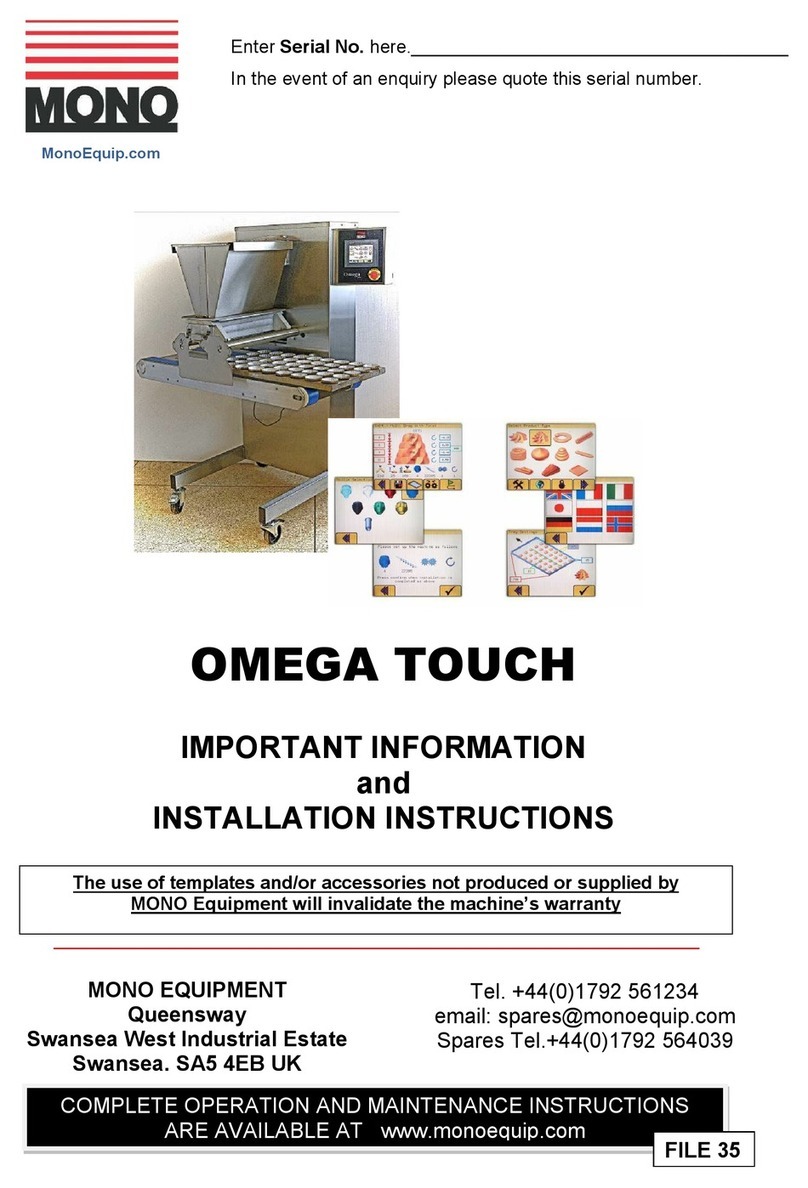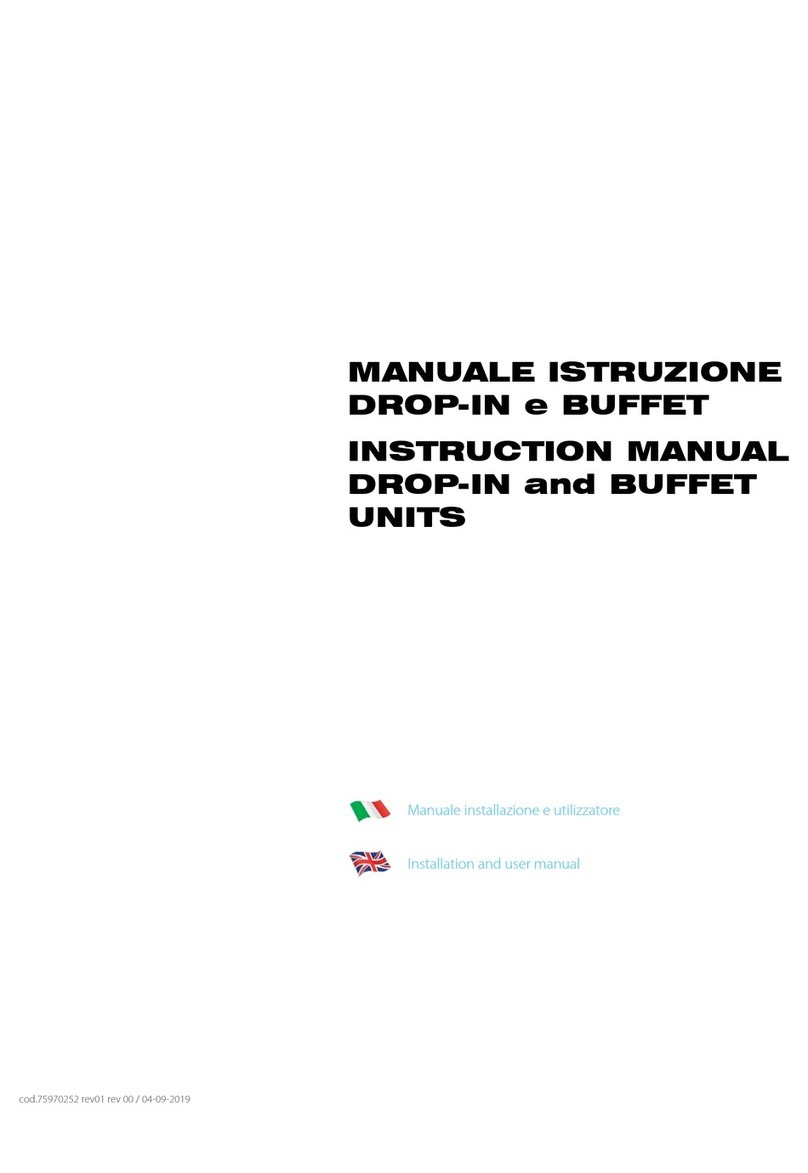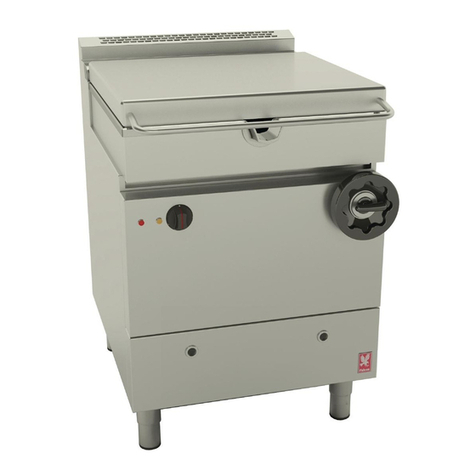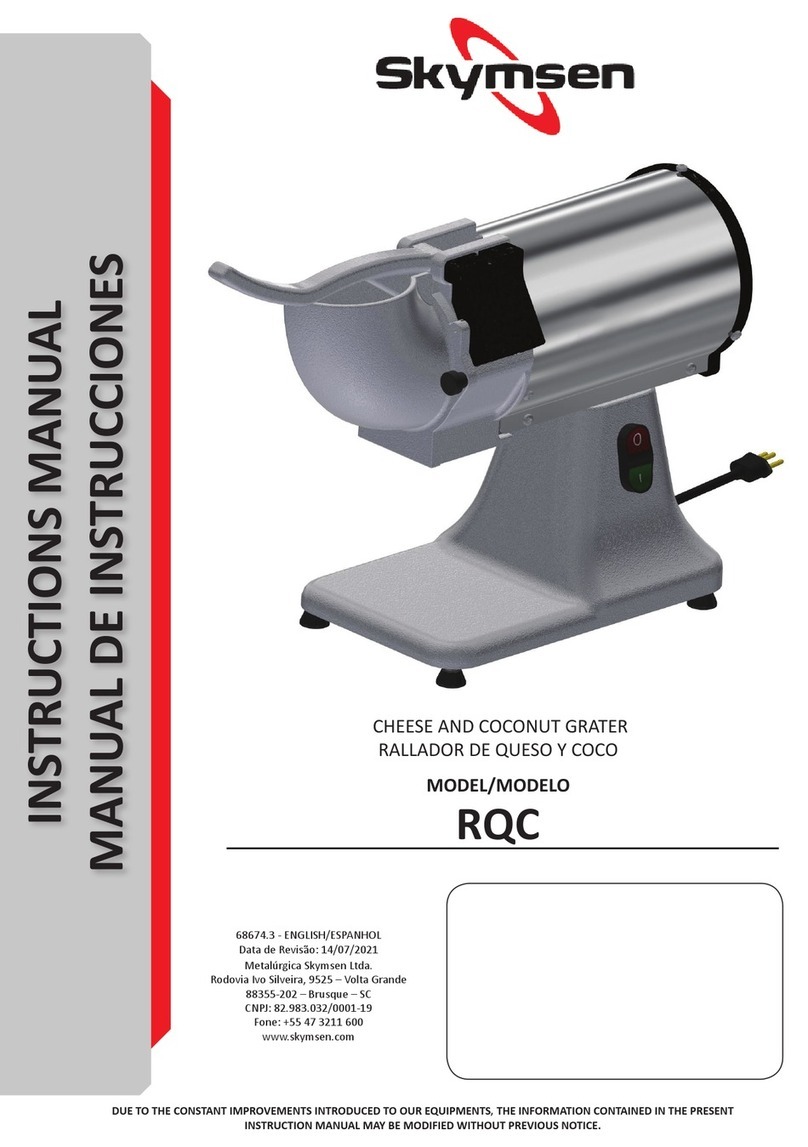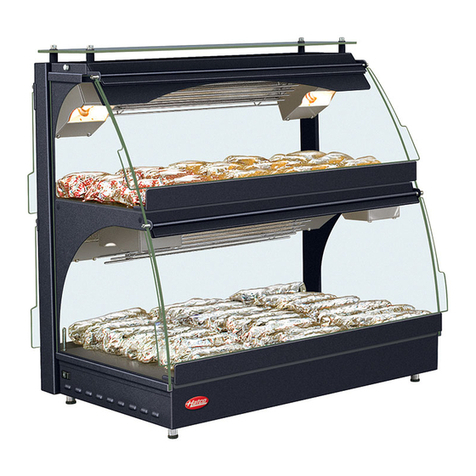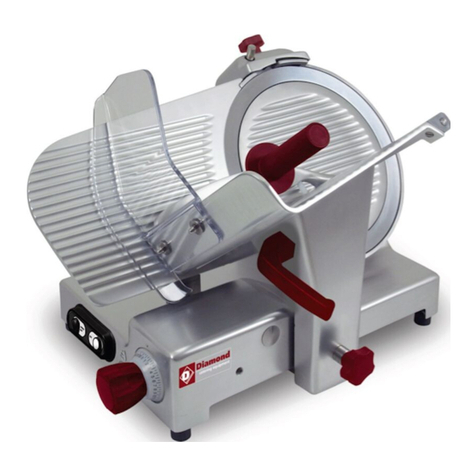
5
RECOMMENDATIONS CONCERNING THE INSTALLATION OF VARIABLE-SPEED
APPLIANCES AND PERSONAL SAFETY
These recommendations apply to machines equip-
ped with an induction motor and a single-phase or
three-phase wobbulator.
NB:
-The electrical circuit and the protective devices
must comply with national regulations.
- The machine must be wired in by a qualified elec-
trician
Protecting your appliance
• Like all electronic devices, wobbulators in clude
components that are sensitive to electrostatic
discharges (ESDs). Before conducting any work
on these wobbulators, technicians must therefore
rid themselves of electrostatic charges.
• The machine must be disconnected from the
mains supply before any internal connection ope-
rations are carried out.
• Repeatedly switching on the appliance will cause
the wobbulator to overload and may result in its
destruction. After the machine has been switched
off, you must wait for 3 minutes before switching
it back on again.
50 or 60 Hz single-phase power supply
• The appliance runs on single-phase or three-
phase current as far as the variator, which turns
the current into variable frequency three-phase
current to supply the motor.
• You must connect the machine to a 200-240 V
/ 50 or 60 Hz single-phase alternating current
supply with an earthed socket. A higher voltage
will destroy the wobbulator.
• The earthed socket ensures operator safety.
Circuit interrupters ensuring user safety
Ground fault circuit interrupters (GFCIs) intended
for variable-speed appliances need to be selected
with great care in order to ensure operator safety.
GFCIs may be sensitive to alternating current (type
AC), impulse current (type A) or all currents (type
B).
Danger! Wobbulators feature a bridge-connec-
ted rectifier of the mains supply voltage. For this
reason, in the event of an earth contact, a
continuous fault current may fail to trip a differential
circuit breaker that is only sensitive to alternating
current (type AC).
It is therefore advisable to use a GFCI that is
sensitive to impulse current (type A), identified by
the following symbol: or (B) .
Caution: sthese GFCIs may go under different
names, according to the manufacturer.
Appliances with wobbulators produce a fault
current on the earth wire. This current may be suffi-
cient to trip the differential circuit breaker unneces-
sarily. This may occur if :
• Several variable-speed appliances are connected
to the same GFCI.
• The appliance produces a fault current that is
above the GFCI’s actual trip threshold.
Caution: As there are manufacturing tolerances,
the actual trip threshold of a GFCI will be between
50% and 100% of its theoretical nominal threshold.
Should a problem arise, measure the fault current
and the GFCI’s actual trip threshold.
You can begin by consulting the characteristics of
your appliance in the table below:
*Connection instructions:
To protect users, it is vital to connect the R 30 V.V.
and R 45 V.V. machines to the mains supply via a
connection unit equipped with the above-mentioned
residual current device. They must not be connected
through a plug and socket.
Appliance Mains supply
Conductor
Cross-section
(mm2)
GFCI
(Ph + N or 3 Ph)
Gauge (A) Threshold (mA)
R 30 V.V. 380 - 440V
50 or 60 Hz
Three-phase
4 B 20 A min.
100 mA*
R 45 V.V. 6 B 32 A





















